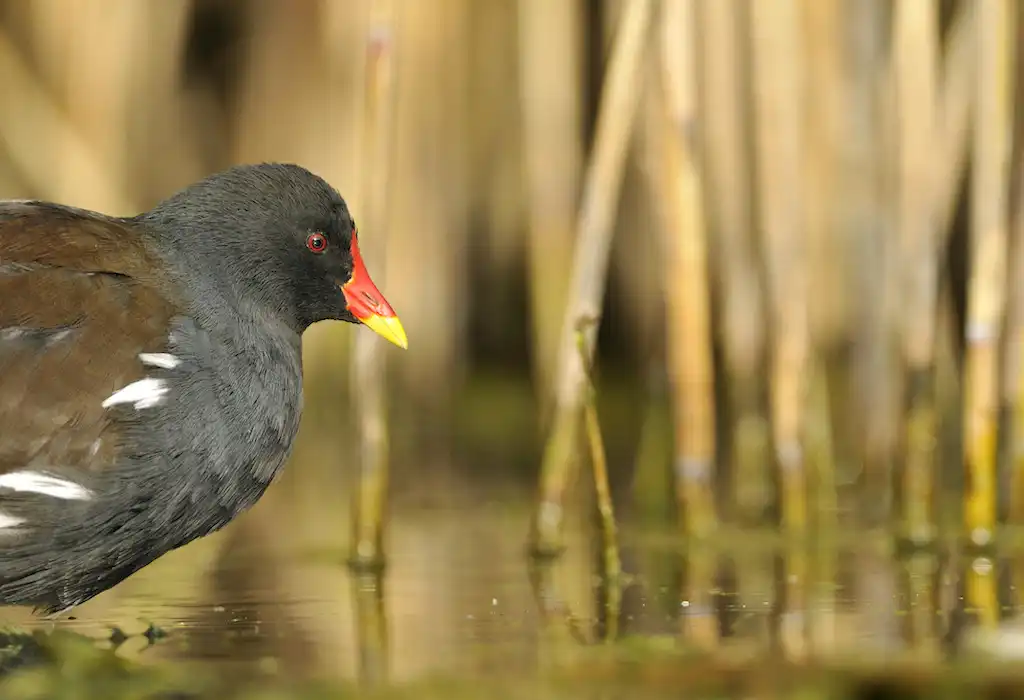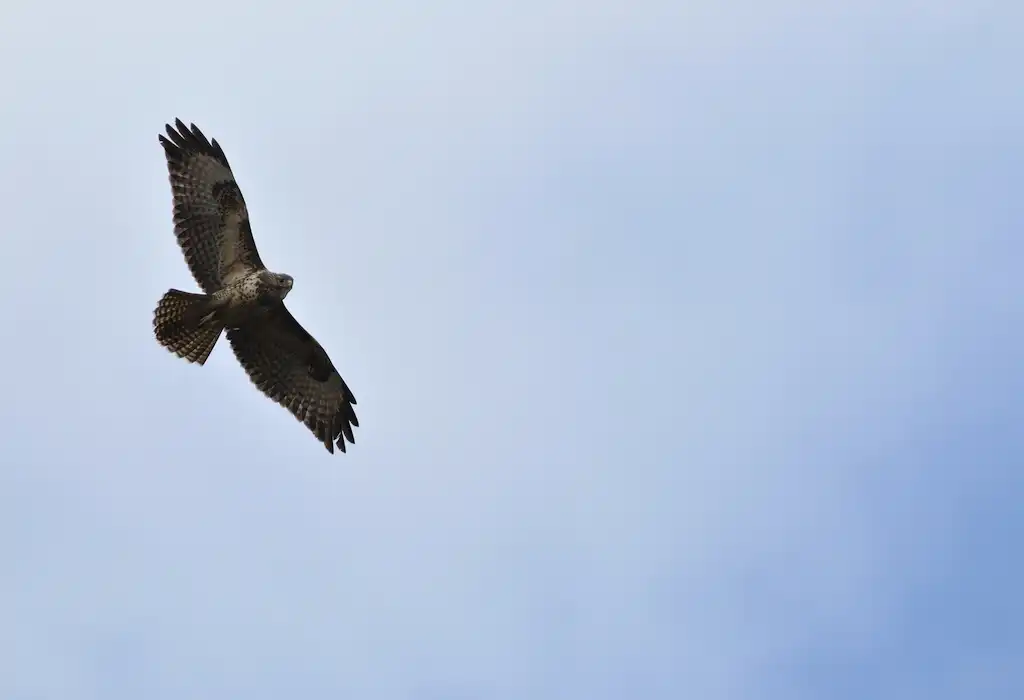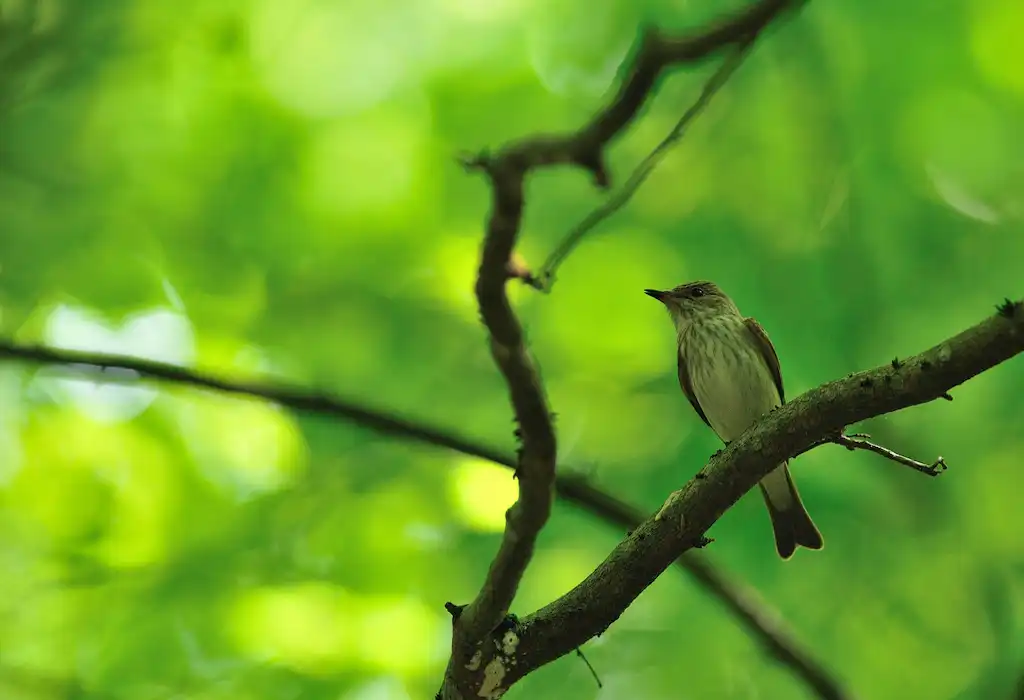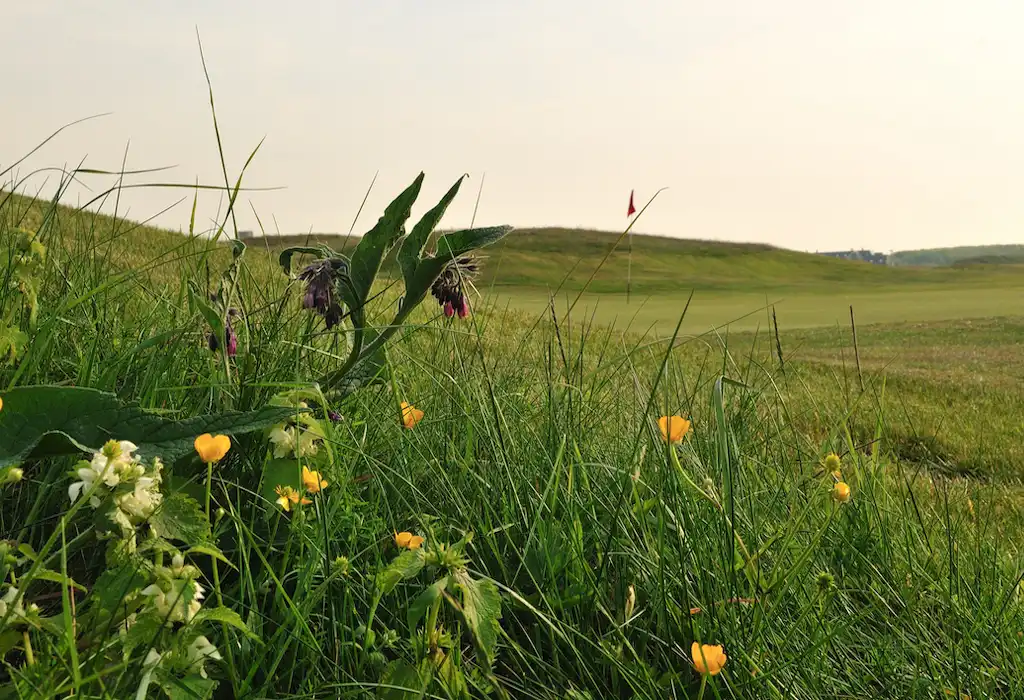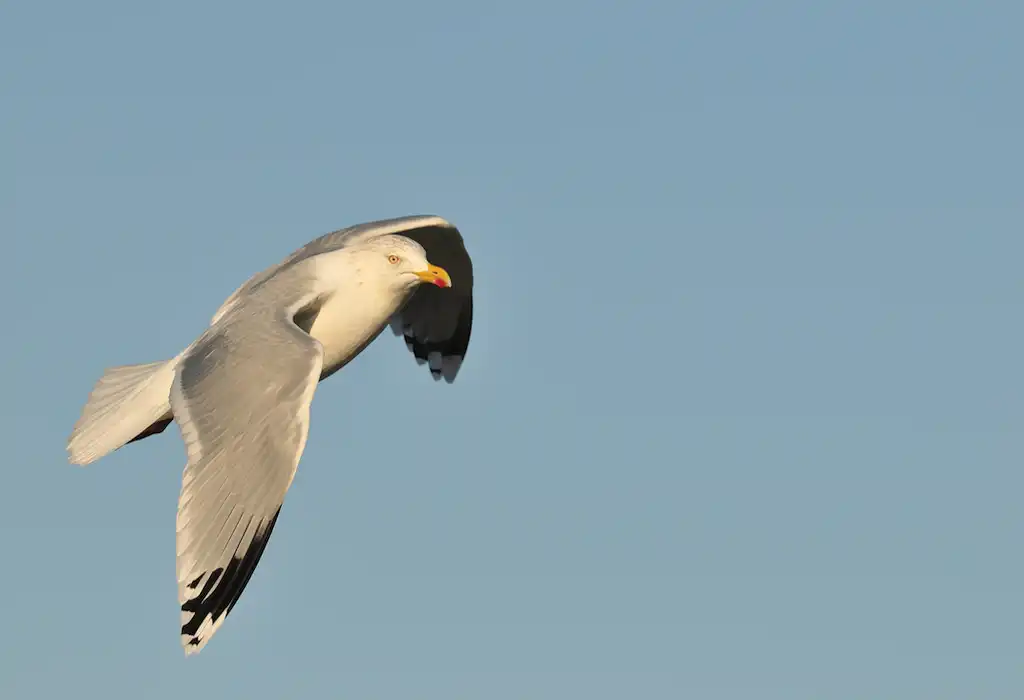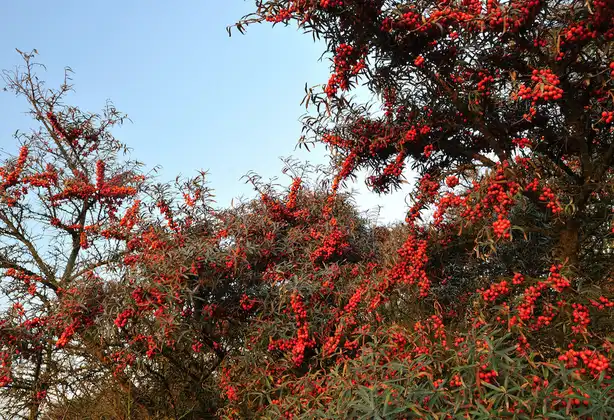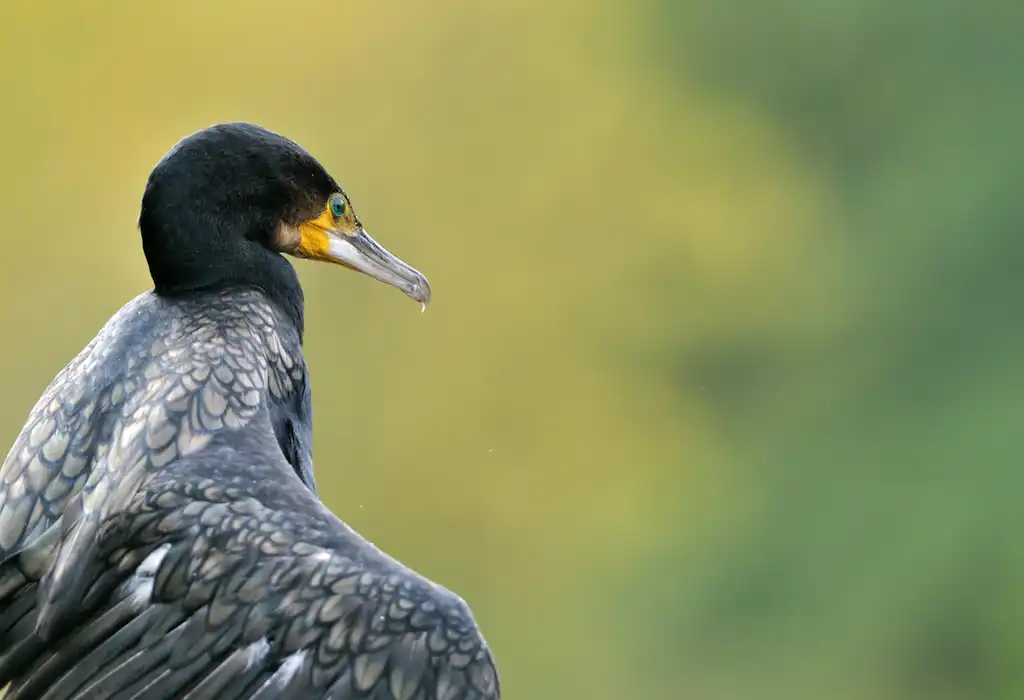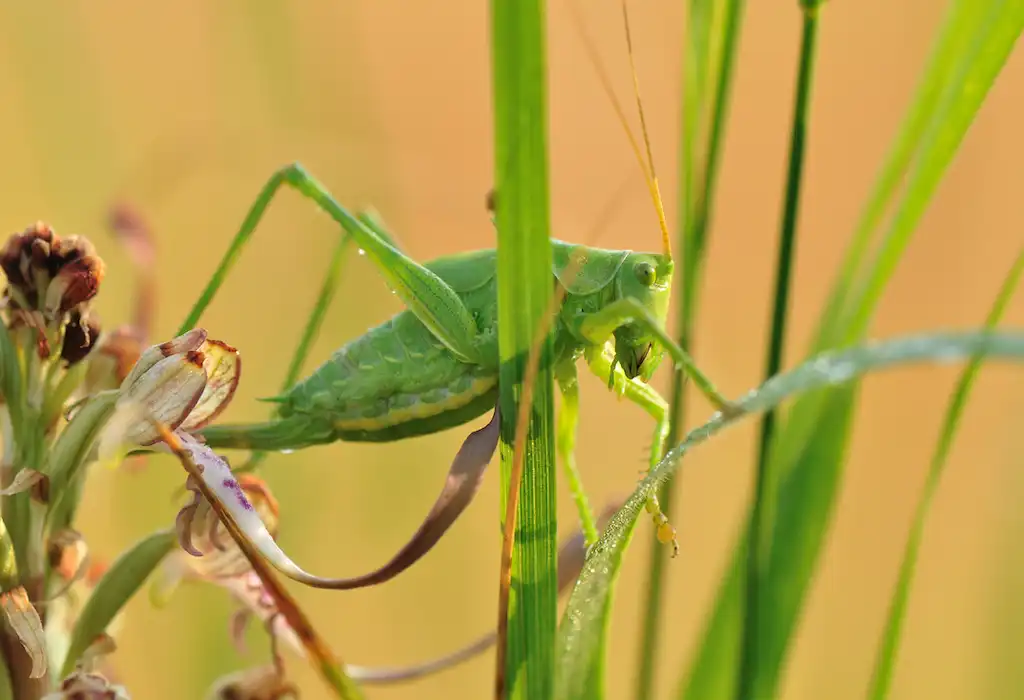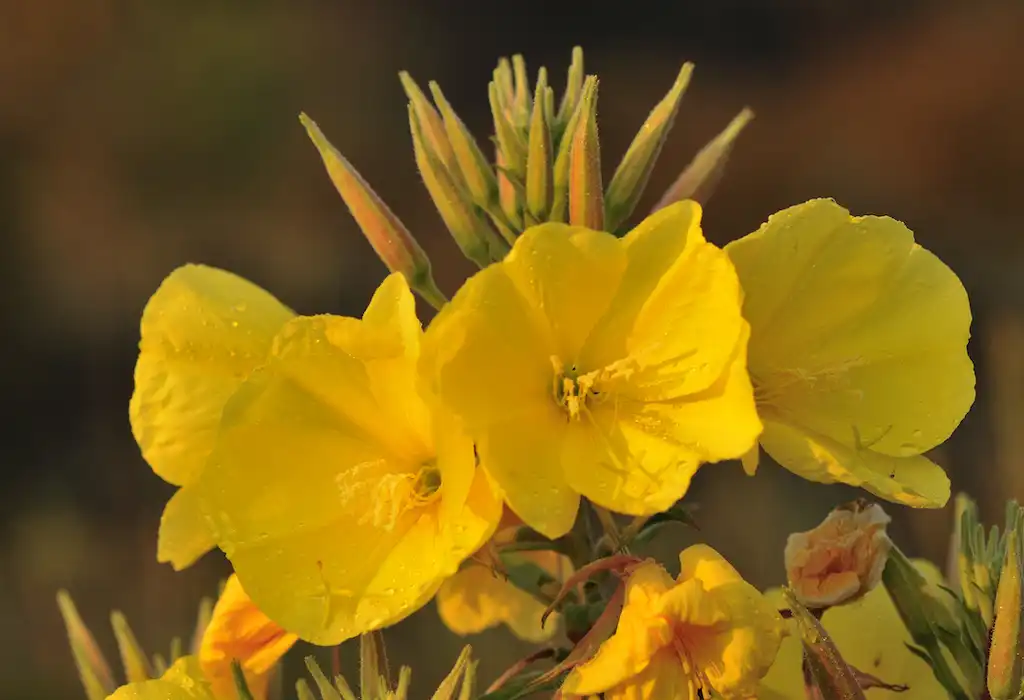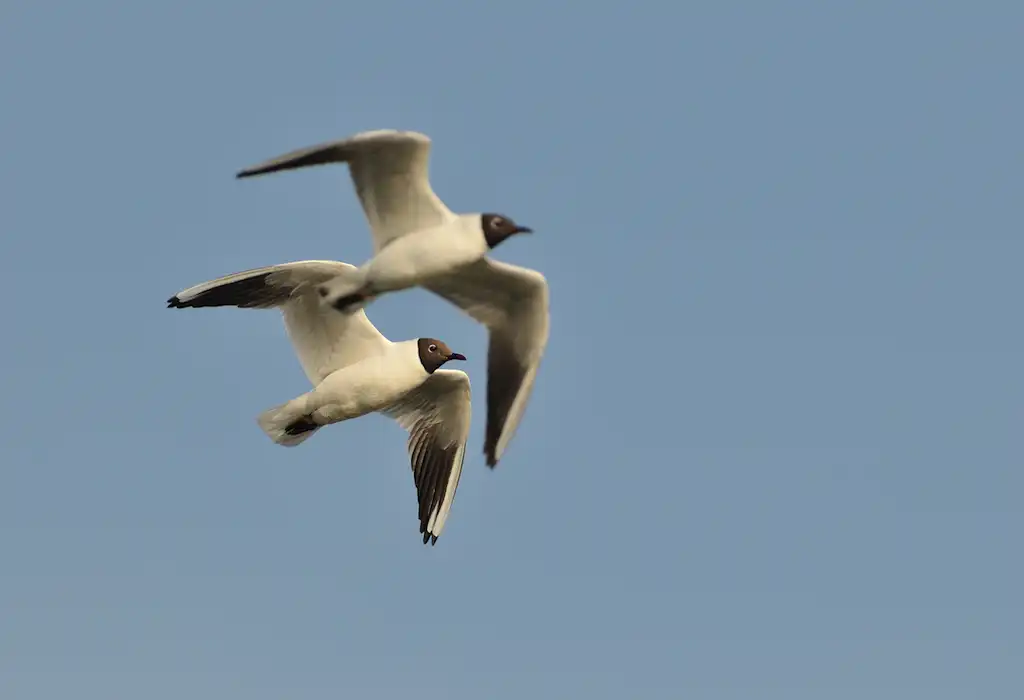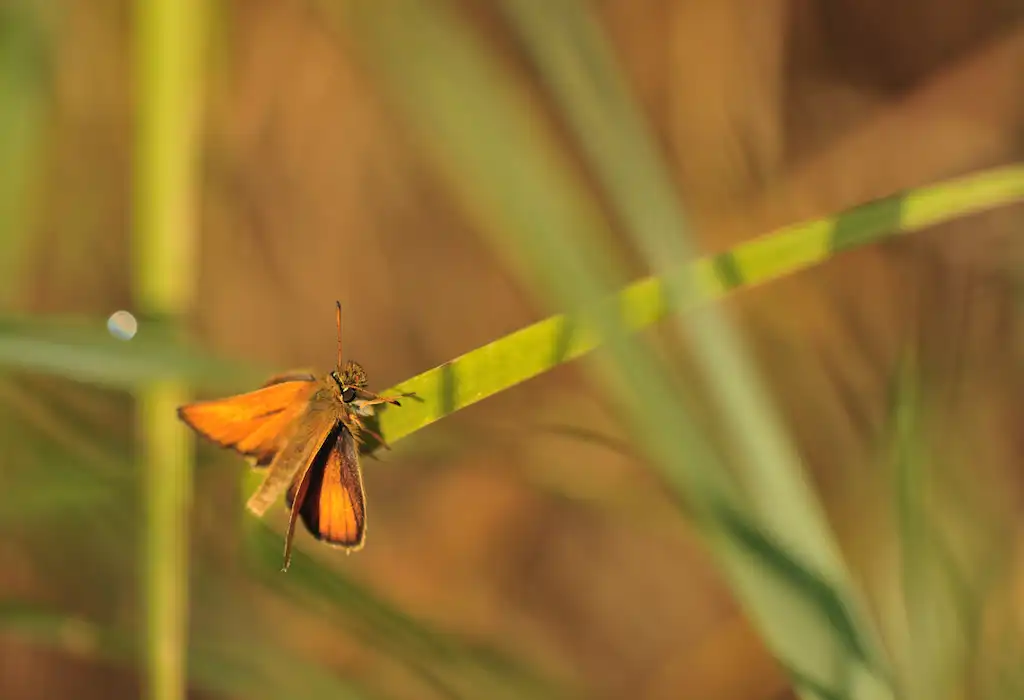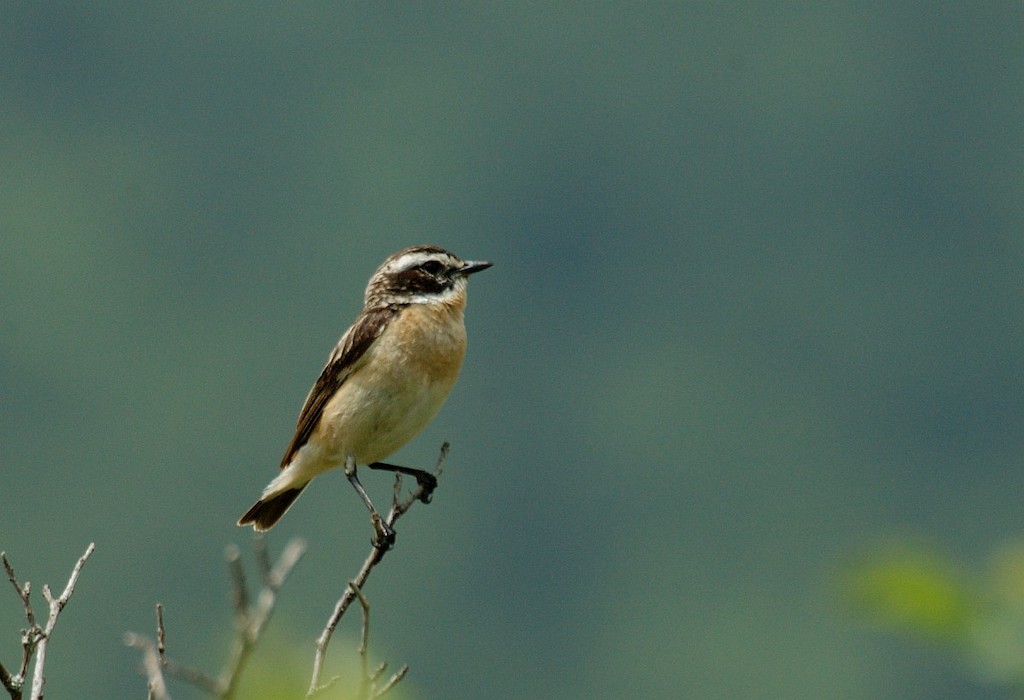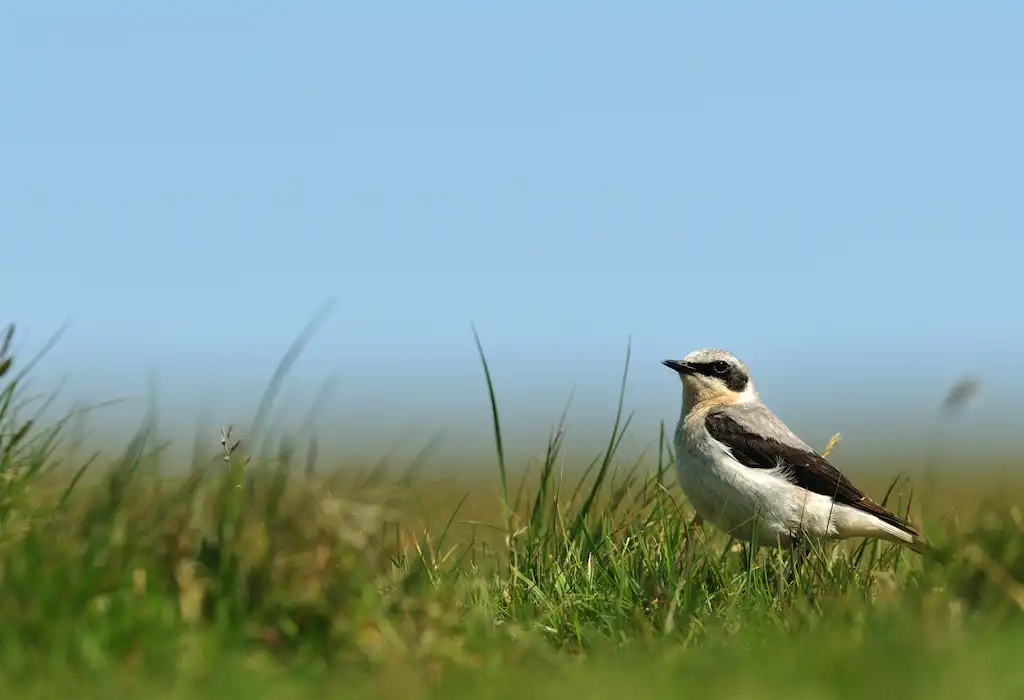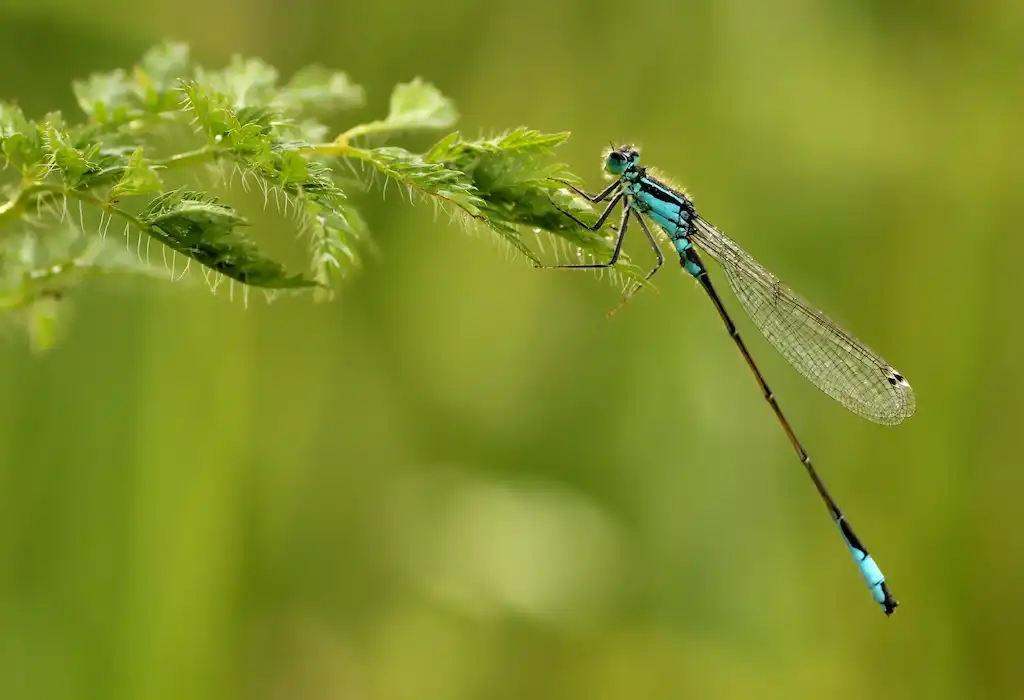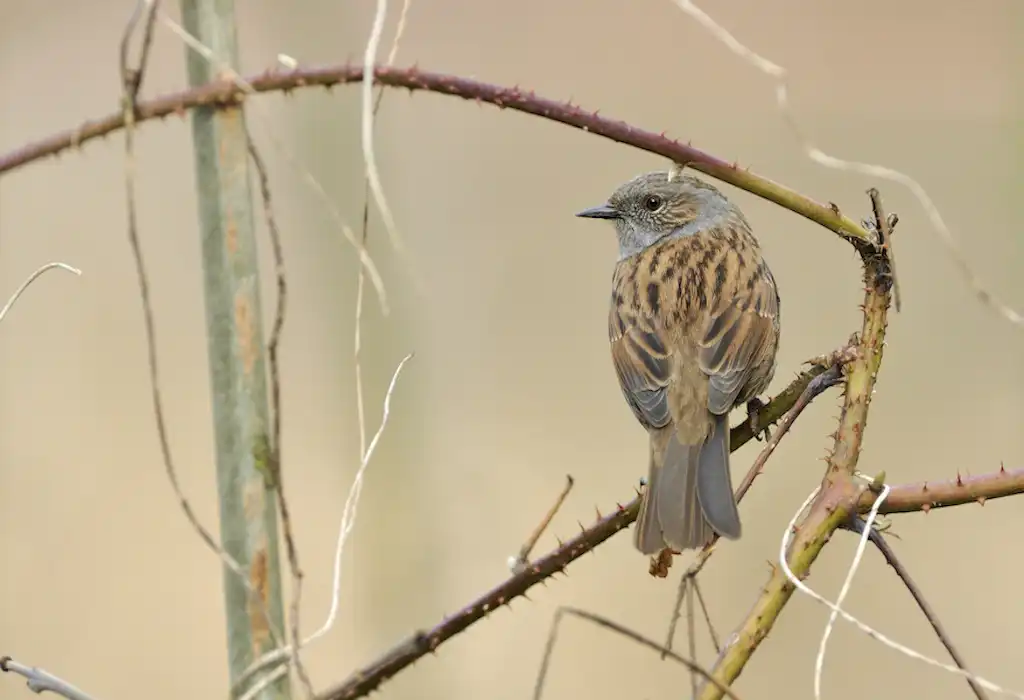
The Hedge Sparrow
Hedge sparrows are rarely or never seen in groups. Male and female both have the same plumage.
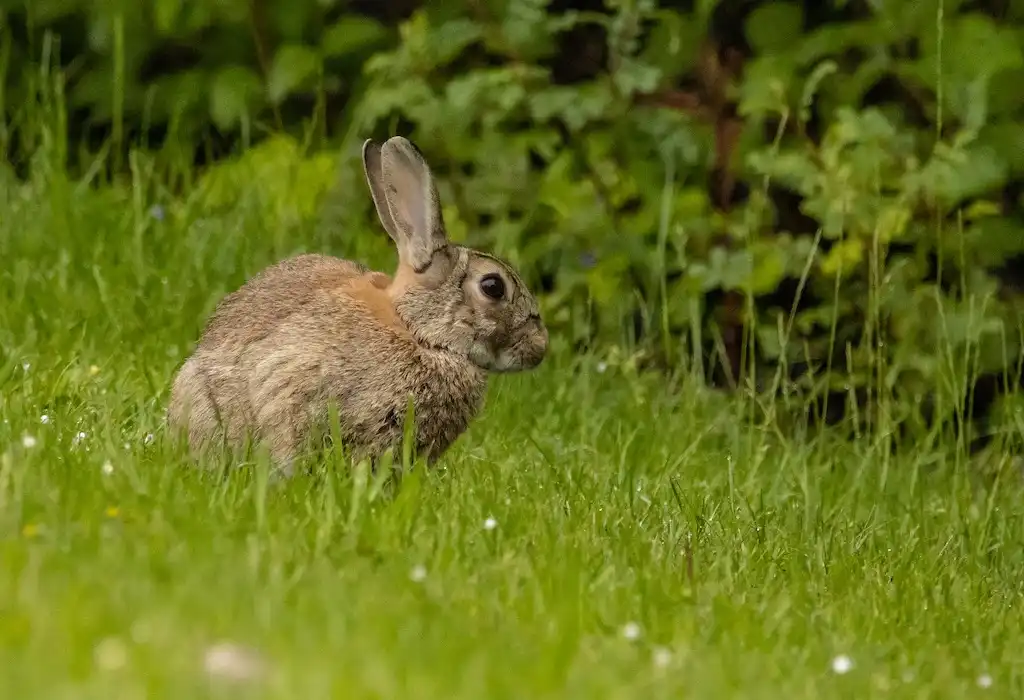
The European Rabbit
It’s size is between that of the real hare and the flute hare… The rabbit lives on plant foods but it also eats its own droppings.
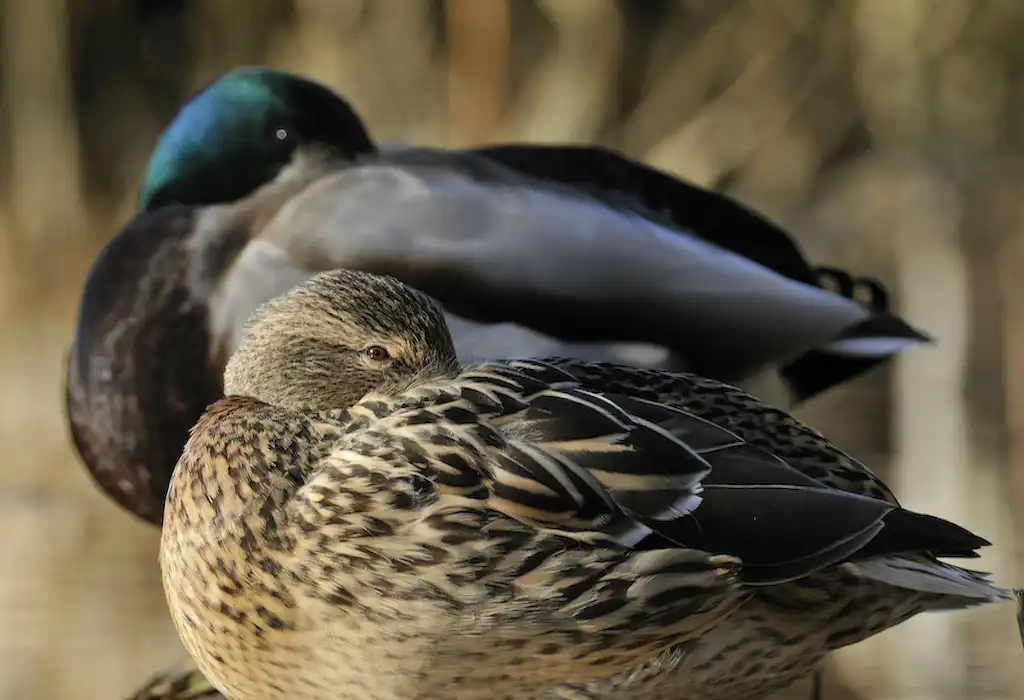
The Wild Duck
The male (the drake) is colorful with a shiny green head and a white collar, but there are also drakes without this white collar. Furthermore, drakes have a chestnut brown breast and curled black feathers on the tail. After the breeding season, the drake is more like the female. They can still be distinguished by the color of the beak: chamois in the duck, yellow in the drake.
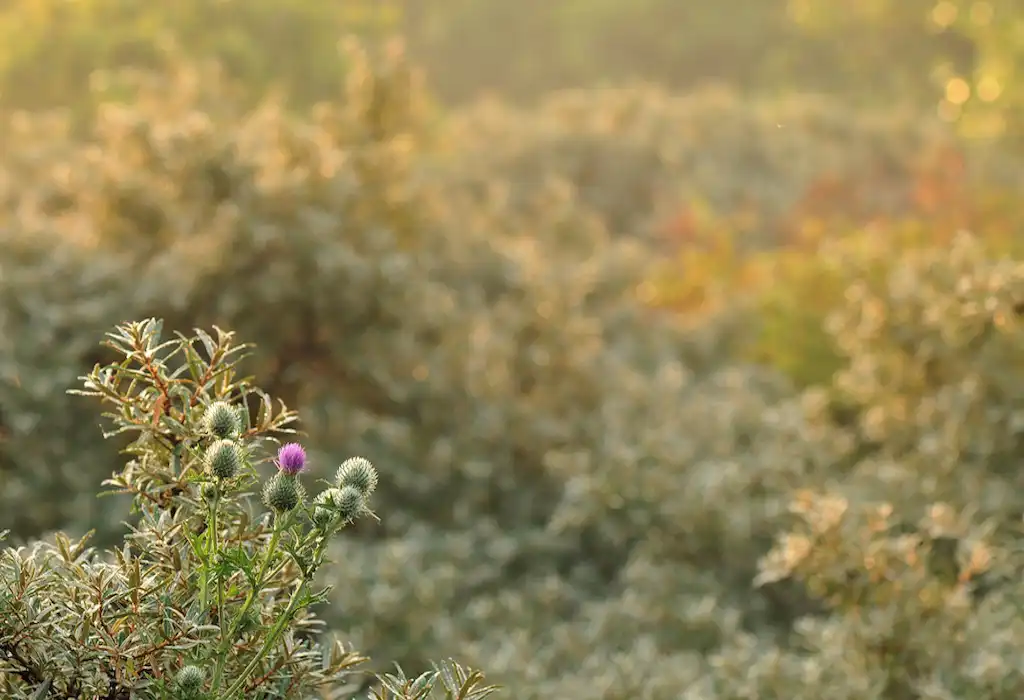
The Spear Thistle
The plant is rich in nectar and is therefore attracts honey bees,...
Biodiversity
Since its creation and long before any environmental recommendation was issued, the Royal Ostend Golf Club has been paying every effort to protect the beautiful dunes and their original fauna and flora.
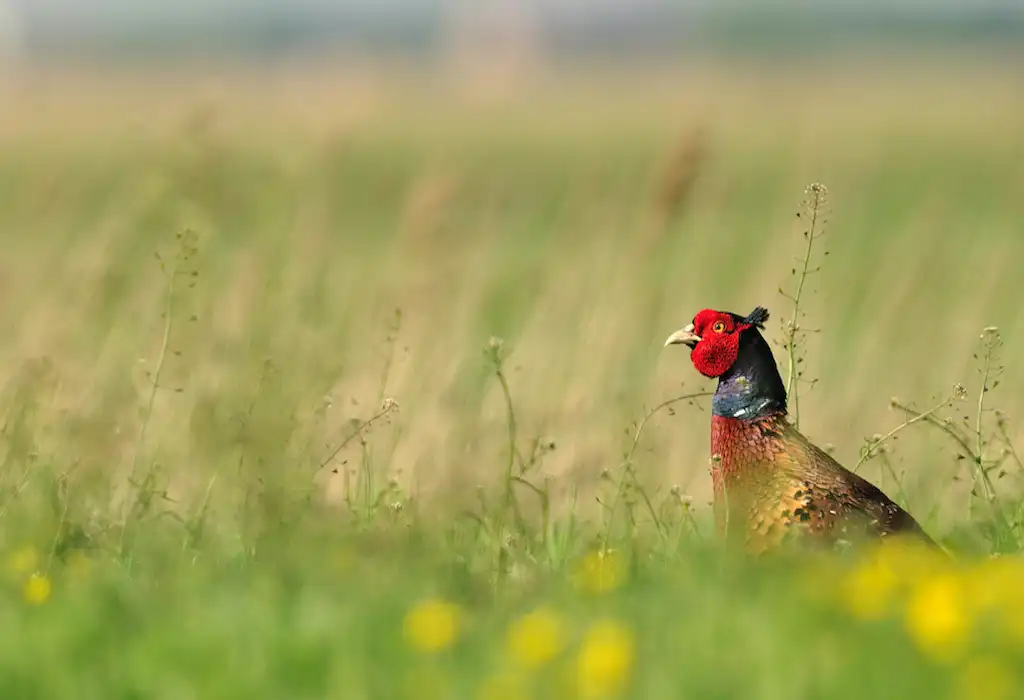
The Pheasant
The call of the male pheasant can mainly be heard…
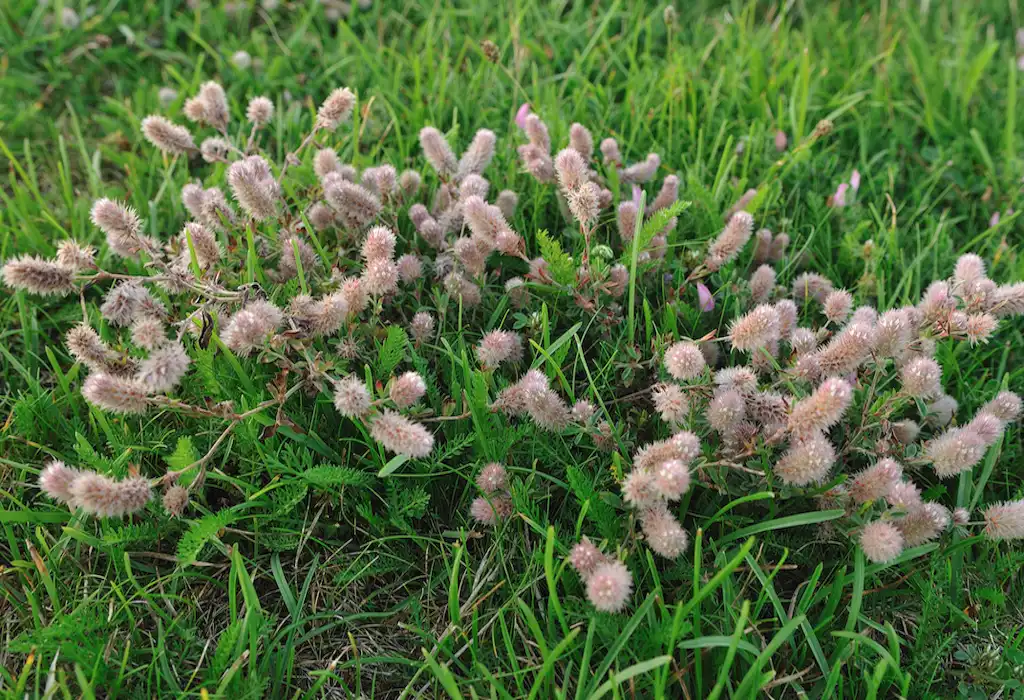
Hare's Foot
In Belgium, hare's foot is quite common, especially in the dunes, the Kempen and urban areas, but it is rare in the Ardennes.

The Blackcap
The plumage of this migratory bird is grey-brown on the top and dirty white on the underside. The male has a black crown, while the female's crown is reddish brown.
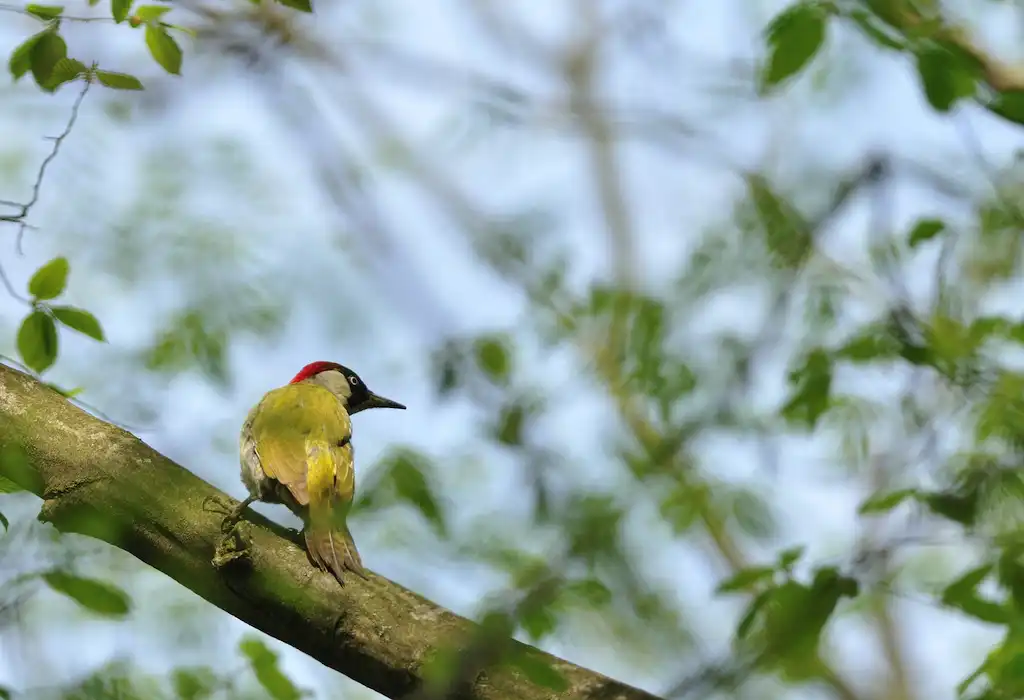
The Green Woodpecker
The green woodpecker prefers an environment with old deciduous trees, where he can find plenty of ants.
In 2003 a ten year ecological management plan was introduced by the ROGC with the aim of creating a top links course while committing to a long-term vision to protect and respect the environment.
A massive reduction in the use of water, pesticides and chemical fertilizers was achieved. Reseeding with grasses more resistant to drought (fescue and bent) is an ongoing process. Natural dune biotopes are re-introduced through the removal of exogenous plant species, resulting in the re-appearance of birds, amphibians, flowers and butterflies which had not been seen for many years.








